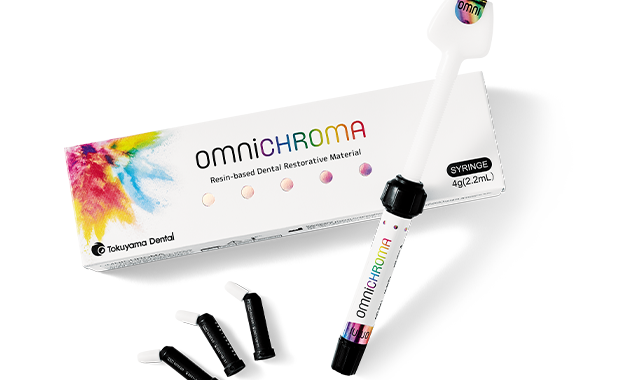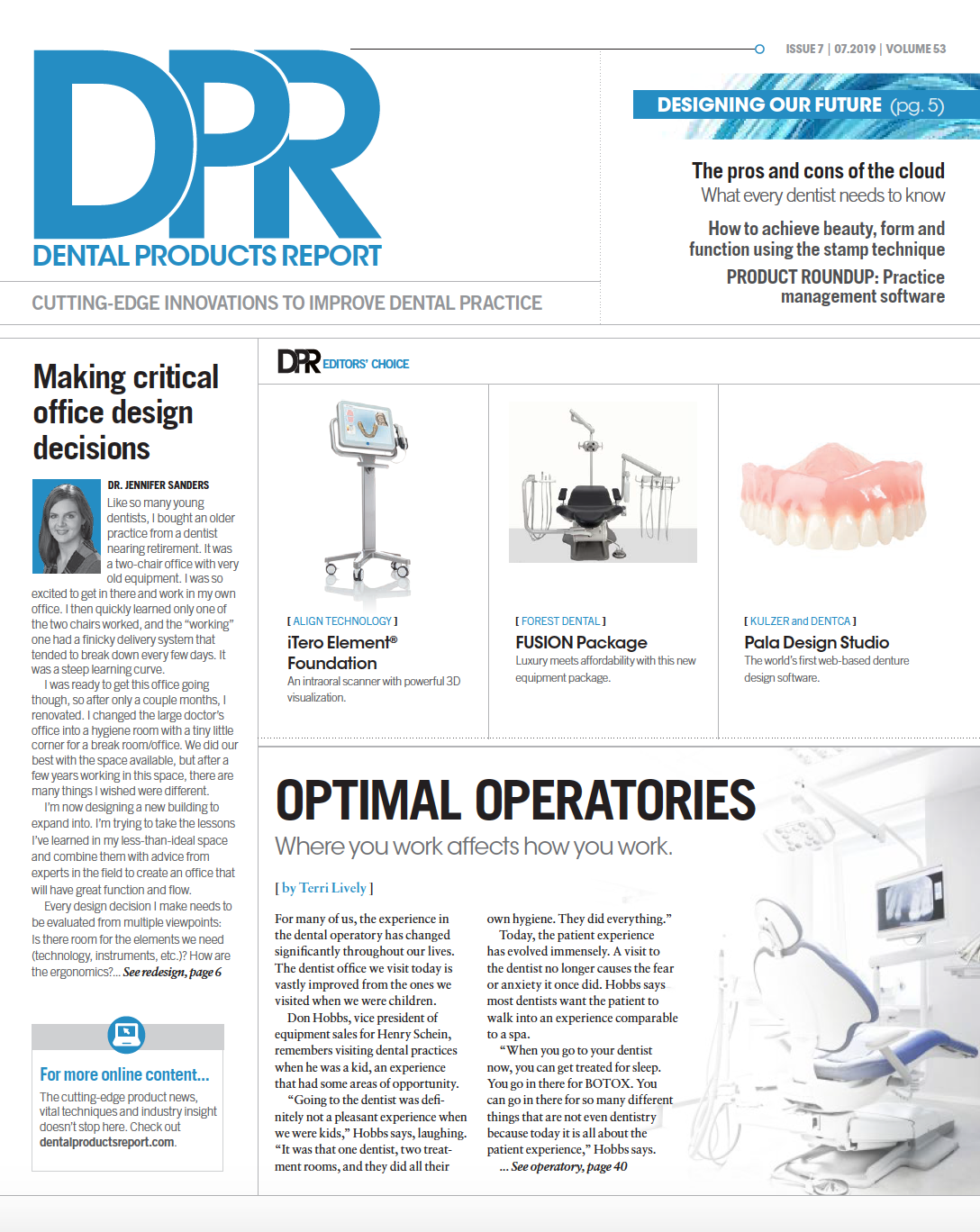Translating the Science: Unlocking the potential of supra-nano spherical fillers
An interview with Koichiro Hirata, one of the creators of the innovative shade matching technology behind Tokuyama Dental’s OMNICHROMA composite.

Since its introduction earlier this year, Tokuyama Dental America’s OMNICHROMA universal composite has made a big impression on clinicians around the country.
The material’s ability to blend in with the surrounding dentition and create natural looking restorations with a single shade is a major accomplishment. To learn more about the origins of this technology, Dental Products Report spoke with one of OMNICHROMA’s inventors, Koichiro Hirata, General Manager of Tsukuba Research Laboratory for Tokuyama Dental.
How long was OMNICHROMA in development before it was ready for launch?
About 8 years.
When did you first realize a single shade composite was possible?
In 2012, Tokuyama researchers first found that the prototype of OMNICHROMA material demonstrated an excellent color matching ability when the material was restored in the pre-cured Estelite Sigma Quick for both A1 and A4 shades, proving to us it was possible to have a single shade composite.
How did you discover that structural color could be harnessed for this type of shade matching technology?
The most important point was that Tokuyama researchers came to the excellent hypothesis that since the color of most natural human teeth falls within the red-to-yellow color range, a single resin composite having red-to-yellow structural color should demonstrate an excellent color matching ability.
What obstacles did you have to overcome as you developed the product?
The original hypothesis and technological background were already at an excellent level, so there were not many obstacles. However, if I had to name one, it was perhaps the process of generating enough evidence for OMNICHROMA’s applicability to natural teeth.
What surprised you the most while developing this new composite?

I had thought the supra-nano spherical filler technology was already well established, but we were able to find new science and technology within the supra-nano spherical fillers. I was amazed at how profound science and nature is and how little we know in comparison. I was also surprised to discover the unlimited possibilities of the supra-nano spherical filler technology and resin composite technology.
Did the chemistry allowing it to blend so well with surrounding dentition create any unforeseen challenges with other properties required in this material?
There were truly no major challenges because the supra-nano spherical filler technology was already well established and the excellent physical and esthetic properties were inherited from the existing Estelite and Palfique series.
If I had to name one thing, I would say that the optimization of the handling properties was very important.
Related reading: How to manage shade selection and one patient's needs
Is the technology that powers OMNICHROMA’s unique shade versatility something that can be applied in other dental materials? If so, is this something you and/or other Tokuyama researchers are working on?
Yes. I think that this kind of color adjusting technology will be applicable for other dental materials.
While developing this structural color technology did you have any missteps along the way that led to completely different color effects in the material?
Since the supra-nano spherical filler technology is well established, there were no major missteps where a different color effect was produced. This is because the structural color is produced depending on the filler size, and it is easy for Tokuyama to control the filler size.
What do you think of the way the product is being received by the dental industry?
I think now the new material and concept are being well accepted by the dental industry with surprise for the novelty, uniqueness, and usefulness of the new technology.
While developing OMNICHROMA, what impacts did you envision this technology having on the dental practices that would be using the material?
I envisioned easy, reliable, and effective treatment with just a single resin composite that would be widely accepted by dentists all over the world. I also envisioned dentists around the globe being very excited about what OMNICHROMA can offer.
Did the impact of this product on dental patients play a role in how it was developed, and if yes, what was this role?
OMNICHROMA is very unique for its color matching ability, but at the same time it is simply one type of composite resin material. Therefore, I am not sure if patients can be impacted so much from OMNICHROMA. However, because of OMNICHROMA’s ability I expect and I know that patients will be spending less chairtime at the dentist. Also, OMNICHROMA will eliminate the need for redoing a restoration due to the tooth color changing from bleaching or aging, as OMNICHROMA will automatically adjust itself to the surrounding color.

Product Bites – November 10, 2023
November 10th 2023The weekly new products podcast from Dental Products Report is back. With a quick look at all of the newest dental product launches, Product Bites makes sure you don't miss the next innovation for your practice. This week's Product Bites podcast features new launches from Amann Girrbach, DMG, Pac-Dent, and ASI Dental Specialties. [4 Minutes]
ACTIVA BioACTIVE Bulk Flow Marks Pulpdent’s First Major Product Release in 4 Years
December 12th 2024Next-generation bulk-fill dental restorative raises the standard of care for bulk-fill procedures by providing natural remineralization support, while also overcoming current bulk-fill limitations.
Product Bites – October 27, 2023
October 27th 2023Product Bites makes sure you don't miss the next innovation for your practice. This week's Product Bites podcast features new launches from Kerr Dental, MGF, PreXion, ZimVie, Amann Girrbach, VOCO, ASI Dental Specialties, DMG, and NovoDynamics. [8 Minutes]